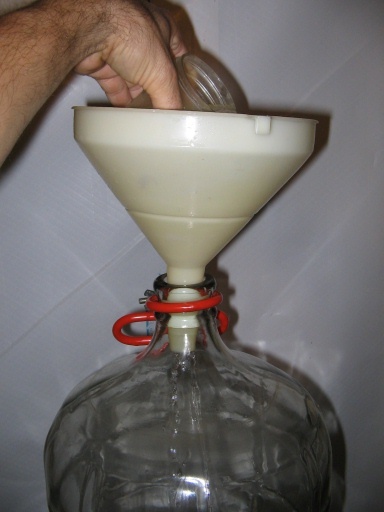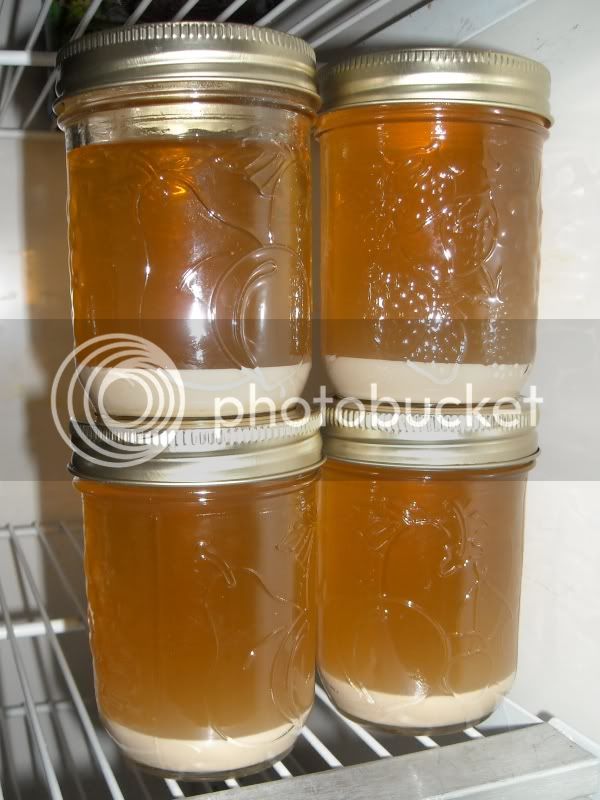Bdogg
Well-Known Member
I have done this twice now, here are my results:

For each of these shown I have 2 others (ie, harvested 3 jars from each cake). I have not used any yet.
I guess my question is, is a starter even required if you have this much? I was reading that yeast pitching rate calculator and it seems like I have enough in each jar that it might not be necessary. Of course there is the issue of viability, and it's not as if making a starter is difficult... whaddya think?

For each of these shown I have 2 others (ie, harvested 3 jars from each cake). I have not used any yet.
I guess my question is, is a starter even required if you have this much? I was reading that yeast pitching rate calculator and it seems like I have enough in each jar that it might not be necessary. Of course there is the issue of viability, and it's not as if making a starter is difficult... whaddya think?






